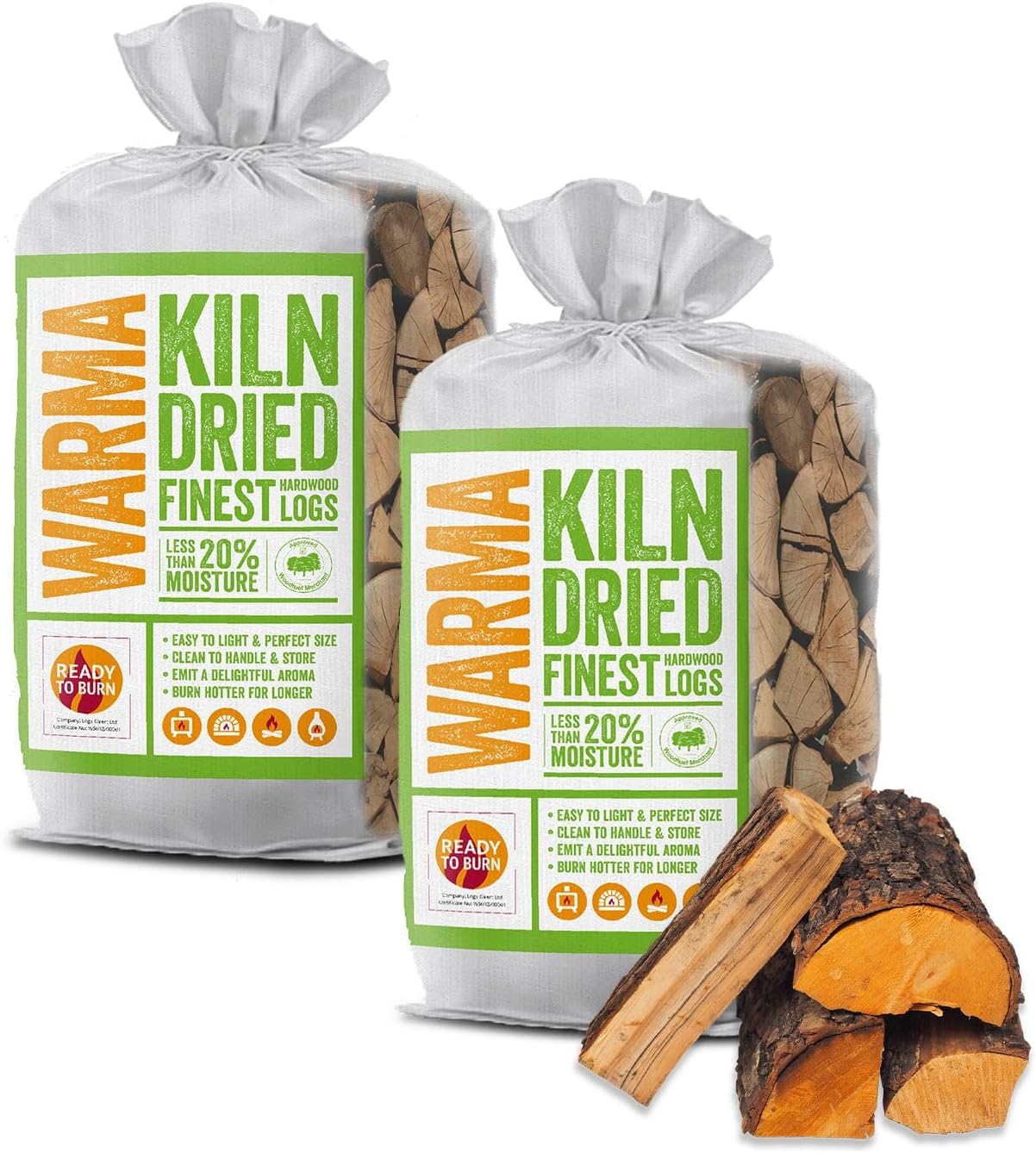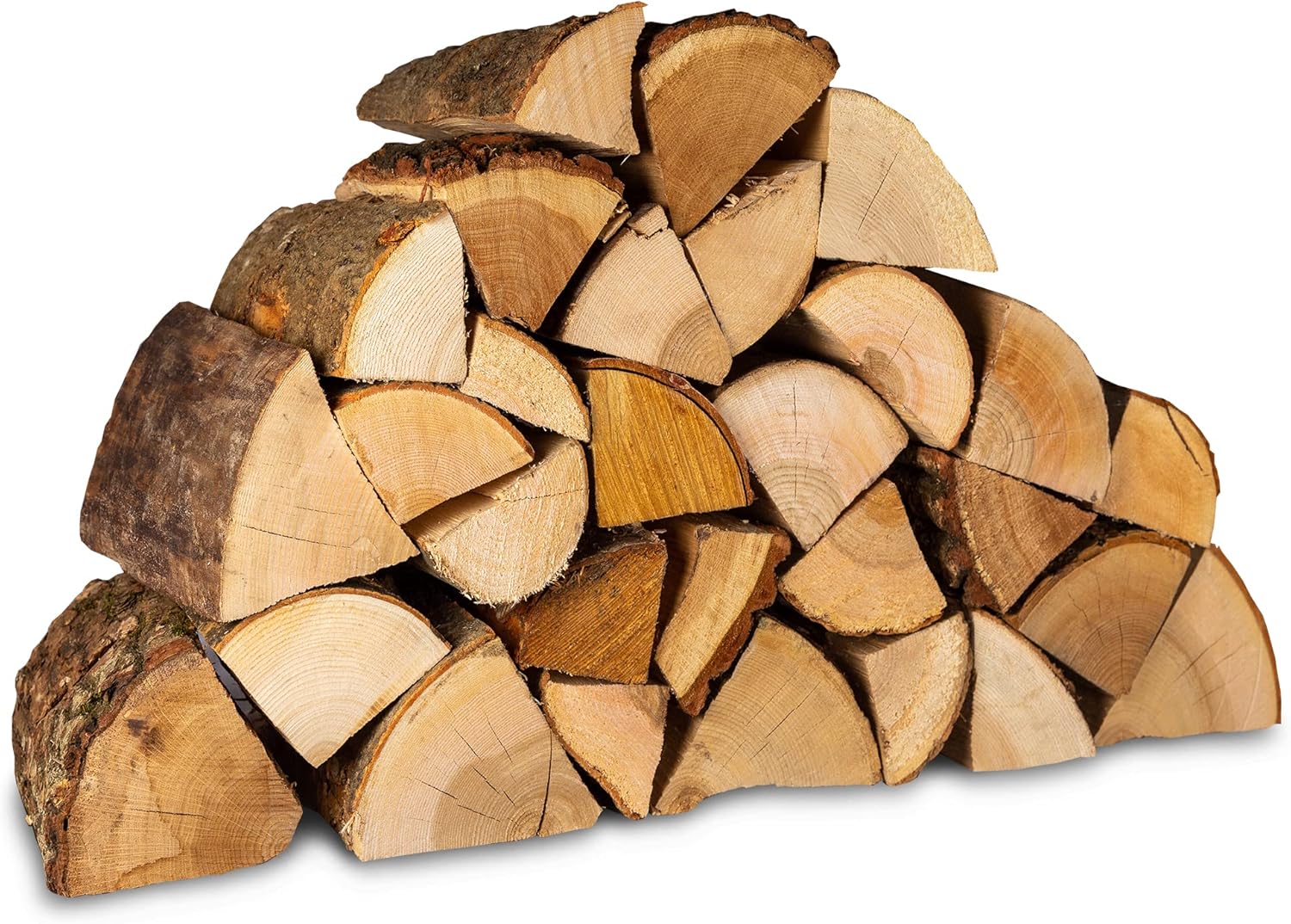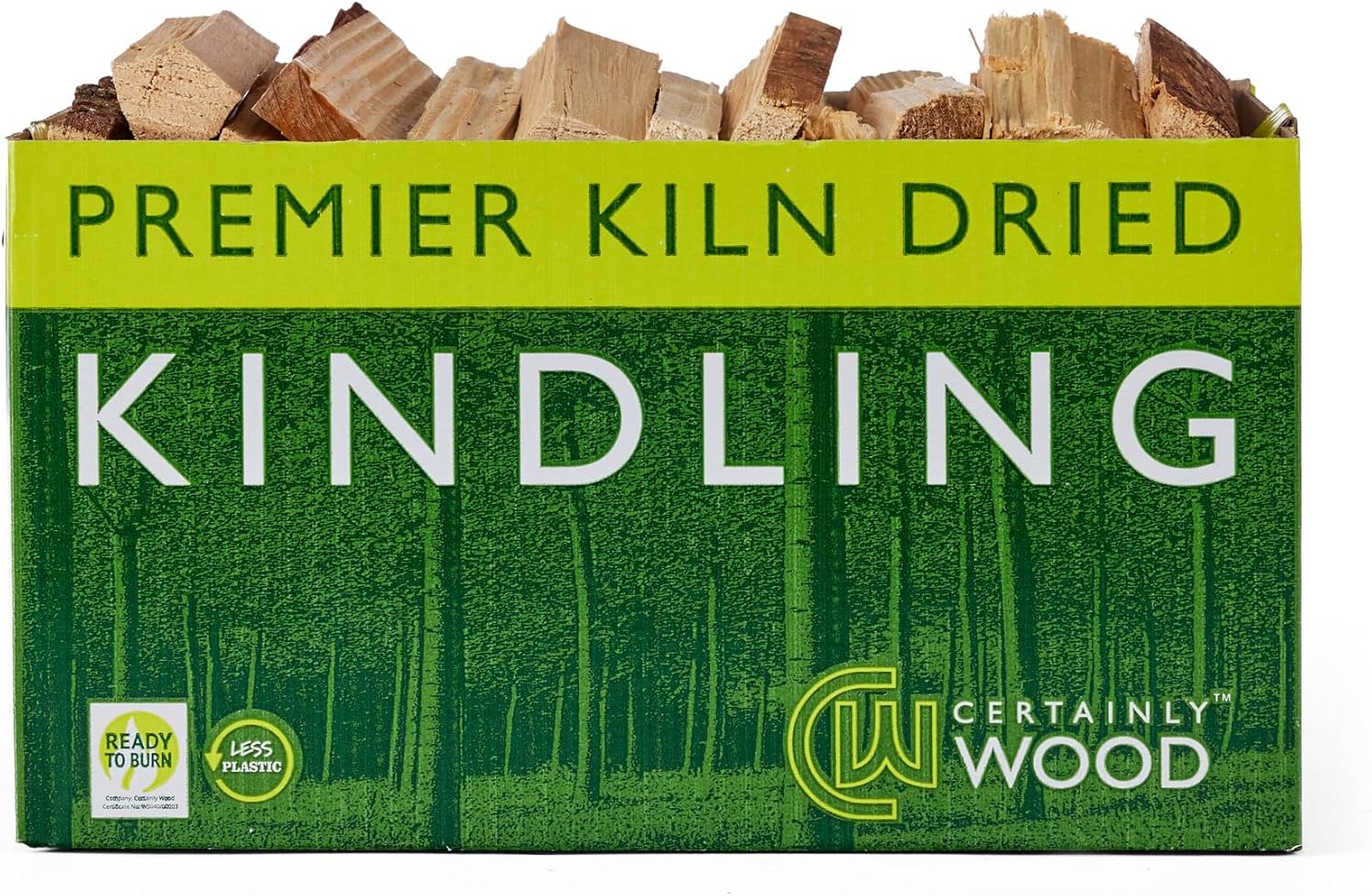4 types of wood you should never use in a wood-burner – or risk a £1,000 fine this winter
An important reminder this winter

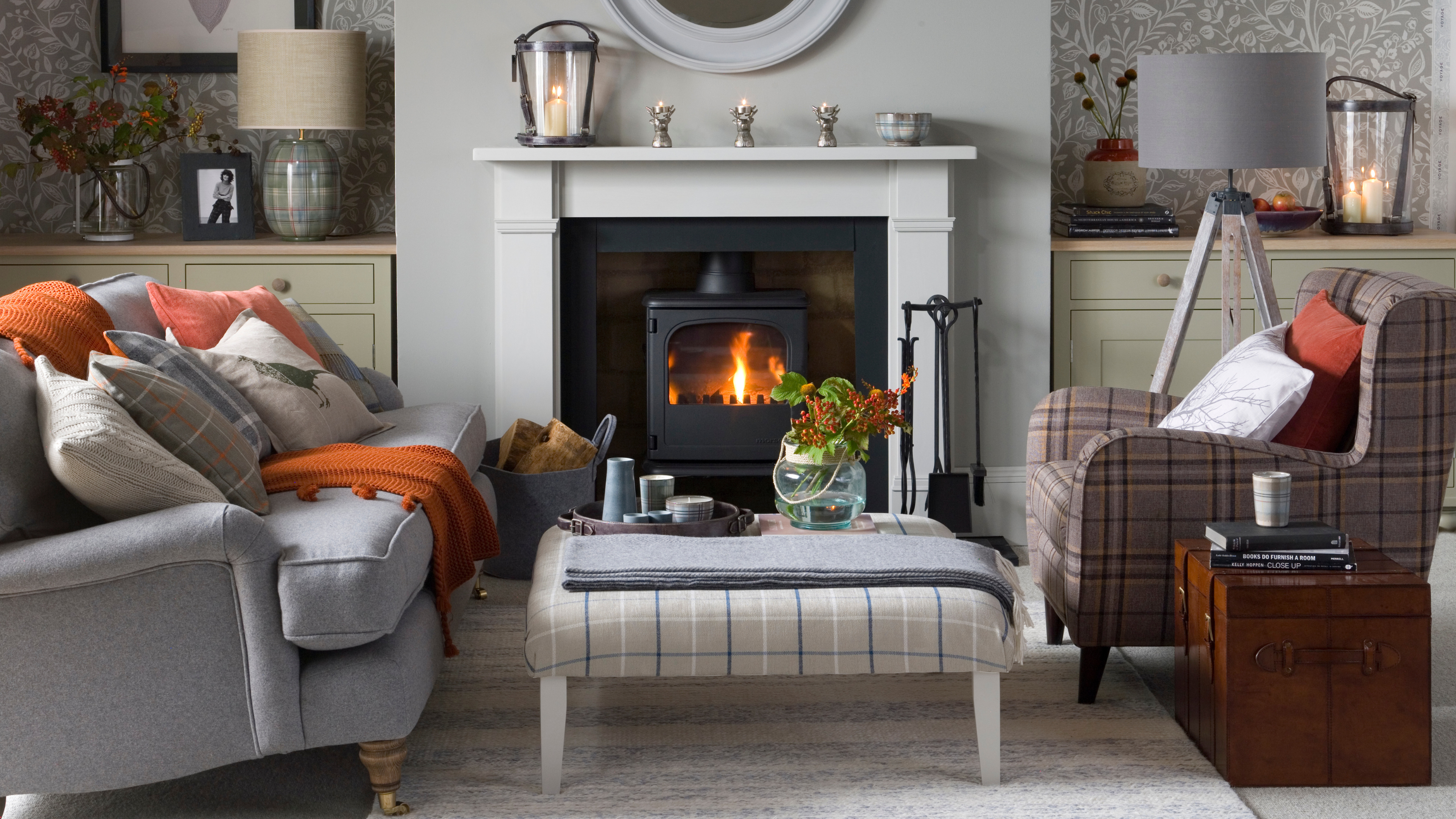
Burning the wrong type of wood in your wood-burning stove could land you with a £1,000 fine this winter, experts have warned.
If you have a wood-burning stove, then you’ll probably already be aware of the environmental and health concerns which led to tighter regulations coming into effect following the Environment Act of 2021. But if you weren’t, don’t worry, as this is a helpful reminder of the wood that is banned and the wood that is safe to use.
These wood-burning stove regulations can come with a hefty fine if you breach them. This is everything you need to know, plus a handy list of all the wood types you can’t use.
Why are some wood types banned?
‘Some types of wood are banned from being burned in log burners because they produce high levels of smoke and harmful pollutants. Wet or unseasoned wood, as well as treated or painted timber, burns inefficiently and releases fine particles and toxic chemicals into the air,’ explains Emily Green, building expert at Howarth Timber.
‘The rules fall under the Clean Air Act 1993 and the Air Quality Regulations 2020. In these areas, burning unauthorised fuel or using a non-approved stove can result in a fine of up to £1,000, and local councils are responsible for enforcement. To avoid fines, only burn wood that is properly dried and certified as ‘Ready to Burn’, or use previously wet or unseasoned wood that has been air-dried for at least a year and has a moisture content below 20%.’
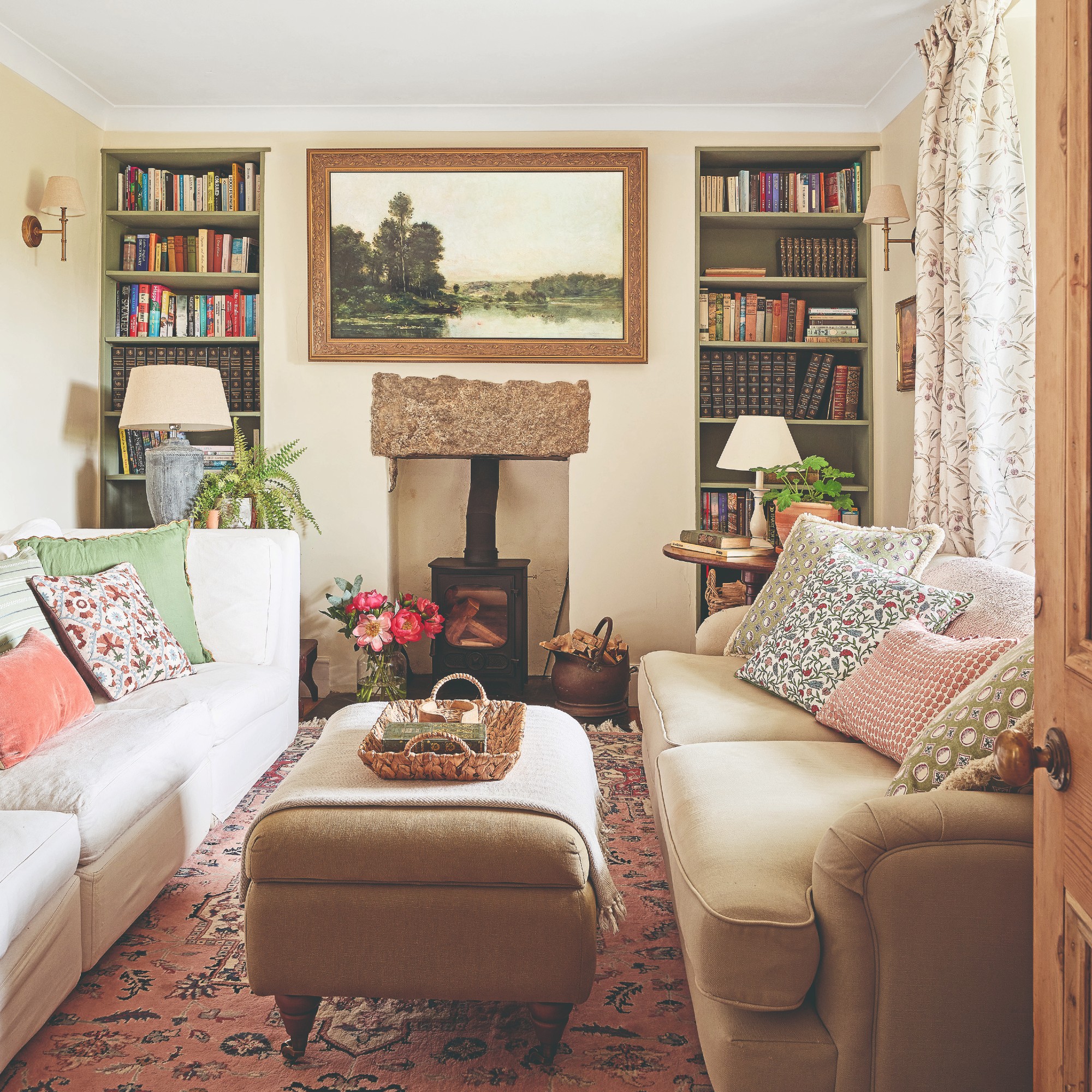
Here’s where it can get a little confusing. These regulations apply in ‘smoke controlled areas’. Those in smoke-controlled areas can only use Defra (Department for Environment, Food and Rural Affairs) approved fuel. Most towns and cities in the UK will fall within a smoke controlled area; however, if you are unsure, you can check via Defra’s Air Information Resource.
Approved fuel will have a ‘Ready to Burn’ certification on its packaging. If you don’t live in a smoke controlled area, it is still highly discouraged to use wet or banned wood, due to the risk of pollution, so you should always look for ‘Ready to Burn’ certified wood. These regulations also apply to burning wood outside, so you must avoid using banned wood types.
Sign up to our newsletter for style inspiration, real homes, project and garden advice and shopping know-how
‘As temperatures drop, we want to remind households with a log burner that not all wood is safe to burn. Regulations are in place for a reason. By choosing the right fuel, you can enjoy the warmth of a fire safely while protecting your health and the environment,’ said a spokesperson for Arbtech.
What wood is banned?
Experts at Arbtech have compiled a list of woods that are banned in smoke controlled areas.
Banned wood:
- Wet or green wood -Energy is used to boil off the high water content of these woods rather than producing heat. This creates excessive smoke, releases harmful pollutants, and can be damaging to your stove and chimney.
- Painted, treated or varnished wood - Toxic and corrosive chemicals are released, which can be extremely hazardous to health when breathed in. As well as causing damage to your stove and chimney, you could also face fines for polluting.
- MDF, chipboard or plywood - These are engineered woods that contain adhesives, resins, and chemicals, which make them extremely unsafe to burn.
- Driftwood - The presence of salt and minerals releases toxic chlorine gas when driftwood is burned and can damage metal stoves and chimneys, as well as cause health and environmental concerns.
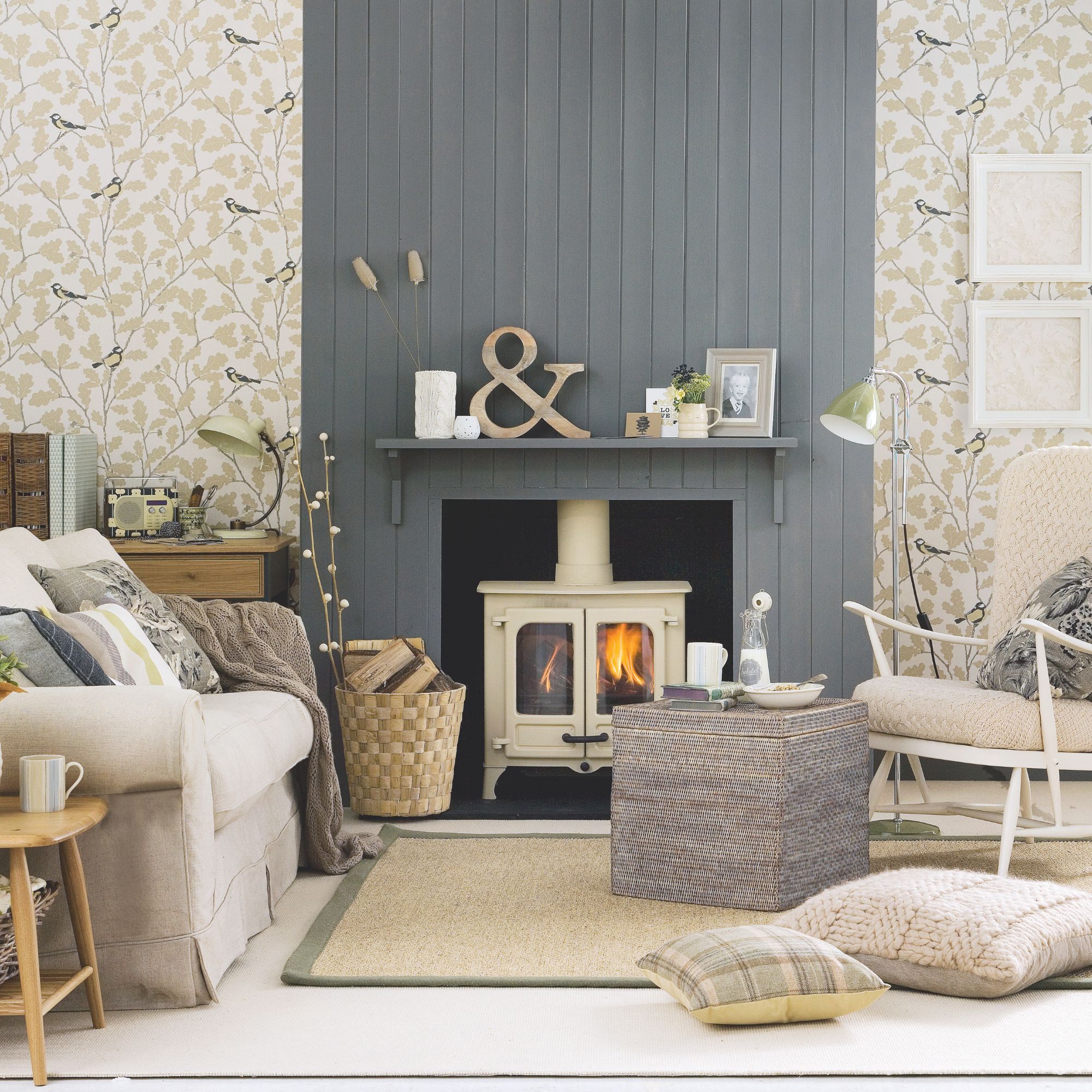
Wood you can use:
- Kiln dried or seasoned hardwood -The best types include birch, ash, apple wood, oak and beech. Low moisture content makes these woods burn hotter, more efficiently, and for longer, while producing less smoke and creosote.
- “Ready to Burn” logs - A "Ready to Burn" certification means firewood and manufactured solid fuels are guaranteed to have a moisture content of 20% or less, making them ready for immediate use.
- Natural softwoods - Softwood makes for excellent kindling and is an ideal choice for starting a fire easily and quickly. Some of the best types include poplar, cedar and pine.
- Untreated, dry branches - As long as they are properly seasoned (dried and below 20% moisture) and free of any chemicals or mould, untreated, dry branches are safe to use on a log burner.
If you have a wood-burning stove, it’s important to be environmentally responsible with the type of wood you burn. And one way to do this is by staying clued up on what wood is safe to use.

Kezia Reynolds joined the Ideal Home team as News Writer in September 2024. After graduating from City, University of London in 2022 with a bachelor’s degree in journalism, Kezia kicked off her career spending two years working on women’s weekly magazines. She is always on the lookout for the latest home news, finding you the best deals and trends - so you don’t miss a thing!
